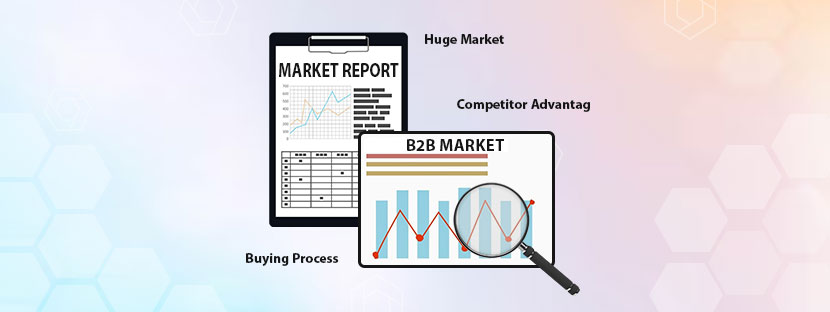To a common person, data verification and data validation may sound like the same thing. When you delve into the intricacies of data quality, however, these two important pieces of the puzzle are distinctly different. In this data-driven era, the distinction between data validation and data verification or even data quality is not just an academic pursuit—it’s a vital business necessity. Knowing the distinction can help you to better understand the bigger picture of data quality.
Let me tell you more about these processes in this blog. Here we’ll discuss further data validation vs data quality vs verfication in detail.
A Brief to Start With
Data validation is the process of ensuring that data input meets predefined criteria and standards before it’s processed, acting as a crucial checkpoint for accuracy. On the other hand, data quality is a broader concept that encompasses the overall completeness, consistency, and reliability of data within a system. But wait, data verification is a slightly different thing from the above two. It checks whether the data is right or not.
Key Difference Between Data Validation vs Data Quality vs Data Verification

Understanding the differences between data validation, data quality, and data verification is crucial for maintaining accurate and reliable data in any business or analytical process. Here’s how they differ
| Points of Differences | Data Validation | Data Quality | Data Verification |
|---|---|---|---|
| Scope | Often operational, focused on individual data entries or transactions. | Broader, considering the entire dataset or database’s quality. | Confirms that data matches sources. |
| Methodology | Involves specific checks like format validation, range checking, and data type verification. | Encompasses a wider range of evaluations like data profiling, data cleansing, and monitoring. | Cross-referencing, audit, reconciliation, and manual checks |
| Objective | To verify that data entered into a system is correct and valid. | To ensure that the overall dataset is fit for its intended purpose. | Ensures data integrity by cross-checking it with reliable sources or historical record. |
| Process stage | Typically performed at the point of data entry or acquisition. | Ongoing process, often carried out throughout the data lifecycle. | Detailed and nuanced checking processes |
| Tools used | Form validation tools, and data entry interfaces with validation rules. | Data quality software, and comprehensive data management tools. | Software as well as a manual; with a set of rules. |
| Outcome | Clean, error-free individual data points. | A dataset that is reliable, accurate, and useful for decision-making. | True values without false results. |
| Error identification | Focuses on immediate errors in data entry or transmission. | Identifies systemic issues affecting data integrity and usability. | Rejects data if it finds errors. |
How Data Validation, Data Quality, and Data Verification Sync Together
Data verification is an umbrella term where data validation and data quality management work collaboratory. Comparing data validation vs verification or data validation vs data quality needs further elaboration. To help you with data verification, the other methods sync together. For example, you write the mailing address first the street name, then the area name, and end up with the area code. Right? In your address, you use text as well as numbers. Like 23, Golden Lake Road, La La Land, The Great Country – 214.
When you verify what you would check at first? I guessed the country code first. What if you write the country code as “The Great Country Two Obe Four”? But you did not. It’s because you know how to write it correctly. Interestingly, you know the data quality parameters as it helps you write your codes in the right order. And do you know how you managed to write the area code in the right order at first? Because you followed data validation rules subconsciously. This is the way data verification works; it checks the quality of the data and notices whether it follows the validation rules or not.
Some Unwritten Factors that you must consider when comparing data validation vs verification;
- Understanding the key of data validation rules is important. Data always changes its forms and shapes based on current insights. Therefore, the rules of data validation also change based on that. Updating the validation rules is important as it helps to manage complex sets of data.
- Data quality issues may arise at times when you need the actual data at the right time. Therefore, you need to have strict data quality standards in your place to fix quality issues at the right moment when they arise.
- Some modifications are also important when you’re working with complex data. Each dataset has its own rules when it comes to validation and verification. For example, when it comes to verifying name data you use name verification rules, not area name verification rules. Similarly, you need to modify your rules based on the complexity of your data.
Conclusion
After digging into data validation vs data quality, now you must have some sort of solutions that help you amplify your data. With an in-house team for data verification or data validation, it’s an overwhelming experience. Quite understandable. Anyway, do you mind if I tell you a secret? Outsourcing data verification services can help you promptly in this. At present, top global companies are used to outsourcing, especially for data verification purposes. You can be too.
For your reference, if you need further help regarding data validation or data verification, you can contact us here. We are eager to help you out.











